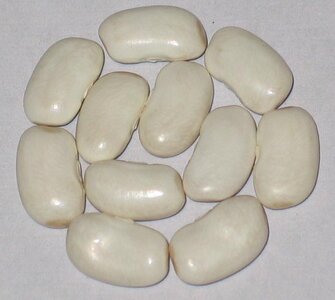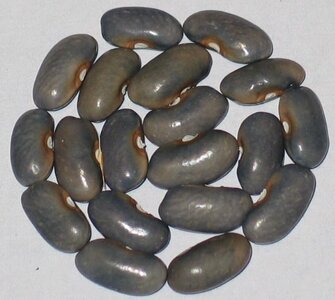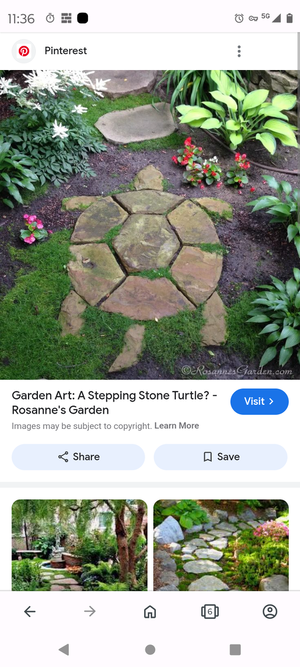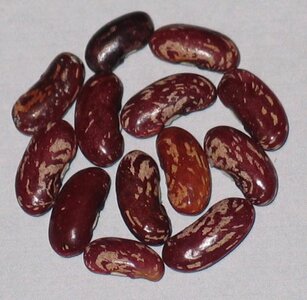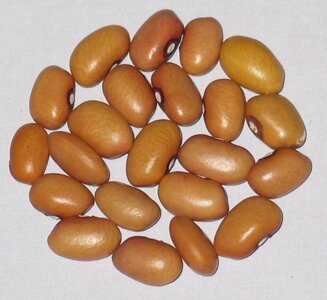- Thread starter
- #1,131
Blue-Jay
Garden Master
- Joined
- Jan 12, 2013
- Messages
- 3,429
- Reaction score
- 10,892
- Points
- 333
- Location
- Woodstock, Illinois Zone 5
Grandma Barnett - Pole Snap. Left Photo. The grandmother of a very well known Kentucky bean grower grew this bean. I don't know if it's stringless or if you have to destring the pods. Before Remy Orlowski passed away she offered this bean on her online Sample Seed Shop website. Karen Golden of Higland Michigan got a hold of as much of Remy's bean collection as she could and gave me seed samples of Remy's collection. This years grower is from Louisville, Kentucky.
Romainian Large Plum Speckle - Pole Dry. Large rounded cranberry type beans. Brought to North America by world traveler and seed collector Joseph Simcox. I acquired this bean from a then high school student in Marion, Iowa in 2017. This years grower is from Indianapolis, Indiana.
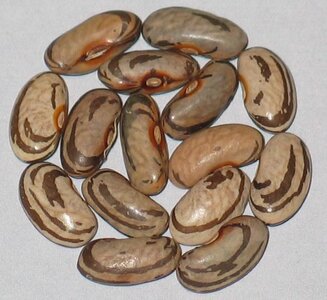
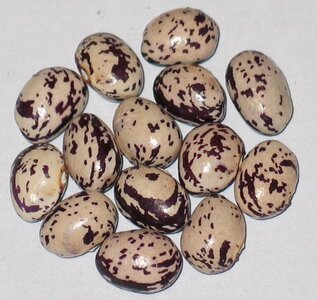
Romainian Large Plum Speckle - Pole Dry. Large rounded cranberry type beans. Brought to North America by world traveler and seed collector Joseph Simcox. I acquired this bean from a then high school student in Marion, Iowa in 2017. This years grower is from Indianapolis, Indiana.



